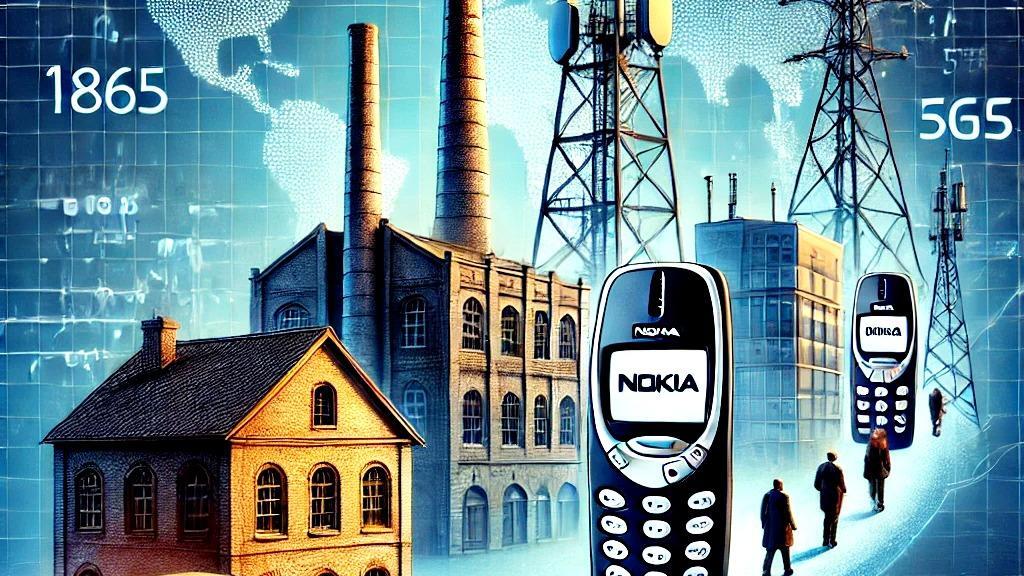
From Toilet Paper to 5G: The Unbelievable Nokia Story
When it comes to technology and innovation, few companies have had a more remarkable journey than Nokia. From humble beginnings as a paper mill producing toilet paper to becoming a global leader in mobile phones and now, a powerhouse in 5G infrastructure, Nokia’s story is a testament to the power of innovation, adaptation, and perseverance.
The company’s journey began in 1865, when a Finnish paper mill was founded by Fredrik Idestam in the town of Tammerfors, Finland. The mill produced a variety of paper products, including toilet paper, which would seem like a far cry from the cutting-edge technology that Nokia would eventually become known for.
However, the company’s focus on innovation and diversification would soon take it in a completely different direction. In the early 1900s, Nokia began producing rubber boots, which became a huge success in Finland. This marked the beginning of the company’s transition from paper production to manufacturing rubber products.
Throughout the 20th century, Nokia continued to expand its product line, venturing into the production of cables, televisions, and even motorcycles. However, it was the company’s entry into the electronics industry that would ultimately lead to its global success.
In the 1980s, Nokia began producing mobile phones, which quickly gained popularity in Finland and eventually around the world. The company’s innovative approach to design and user experience helped it to establish a strong presence in the market, and by the 1990s, Nokia had become one of the leading mobile phone manufacturers in the world.
Nokia’s rise to global dominance in mobile phones was meteoric, with the company’s market share reaching as high as 40% in the early 2000s. However, the introduction of the iPhone in 2007 marked a significant turning point for the company. Apple’s revolutionary smartphone, with its touchscreen interface and app store, quickly disrupted the mobile phone market, and Nokia struggled to keep up.
The company’s failure to adapt to the changing market and its reluctance to abandon its Symbian operating system, which was slow and clunky compared to iOS and Android, ultimately led to a decline in its market share and profitability. By 2012, Nokia’s mobile phone business had been sold to Microsoft, effectively ending its reign as a dominant player in the industry.
However, Nokia’s story did not end there. In 2014, the company was acquired by a group of investors led by Ramzi Haidamus, a former Nokia executive. Under new management, Nokia refocused its efforts on its network infrastructure business, which had been a significant part of its operations even during its mobile phone heyday.
Today, Nokia is a leading provider of 5G infrastructure, with its equipment powering networks in over 130 countries around the world. The company holds over 20,000 patents related to 5G and has partnered with top telecom giants such as Ericsson, Huawei, and ZTE.
Nokia’s resurgence in the telecom industry is a testament to the company’s ability to adapt and innovate in the face of adversity. By refocusing its efforts on its core strengths and investing heavily in research and development, Nokia has managed to reinvent itself as a major player in the 5G era.
As the company continues to push the boundaries of what is possible with 5G technology, its story serves as a reminder of the importance of innovation, perseverance, and adaptation in the ever-changing world of business. From toilet paper to 5G, Nokia’s journey is a truly unbelievable one, and it will be exciting to see what the future holds for this iconic company.
Source:
https://ascendants.in/business-stories/nokia-toilet-paper-to-telecom-giant/



